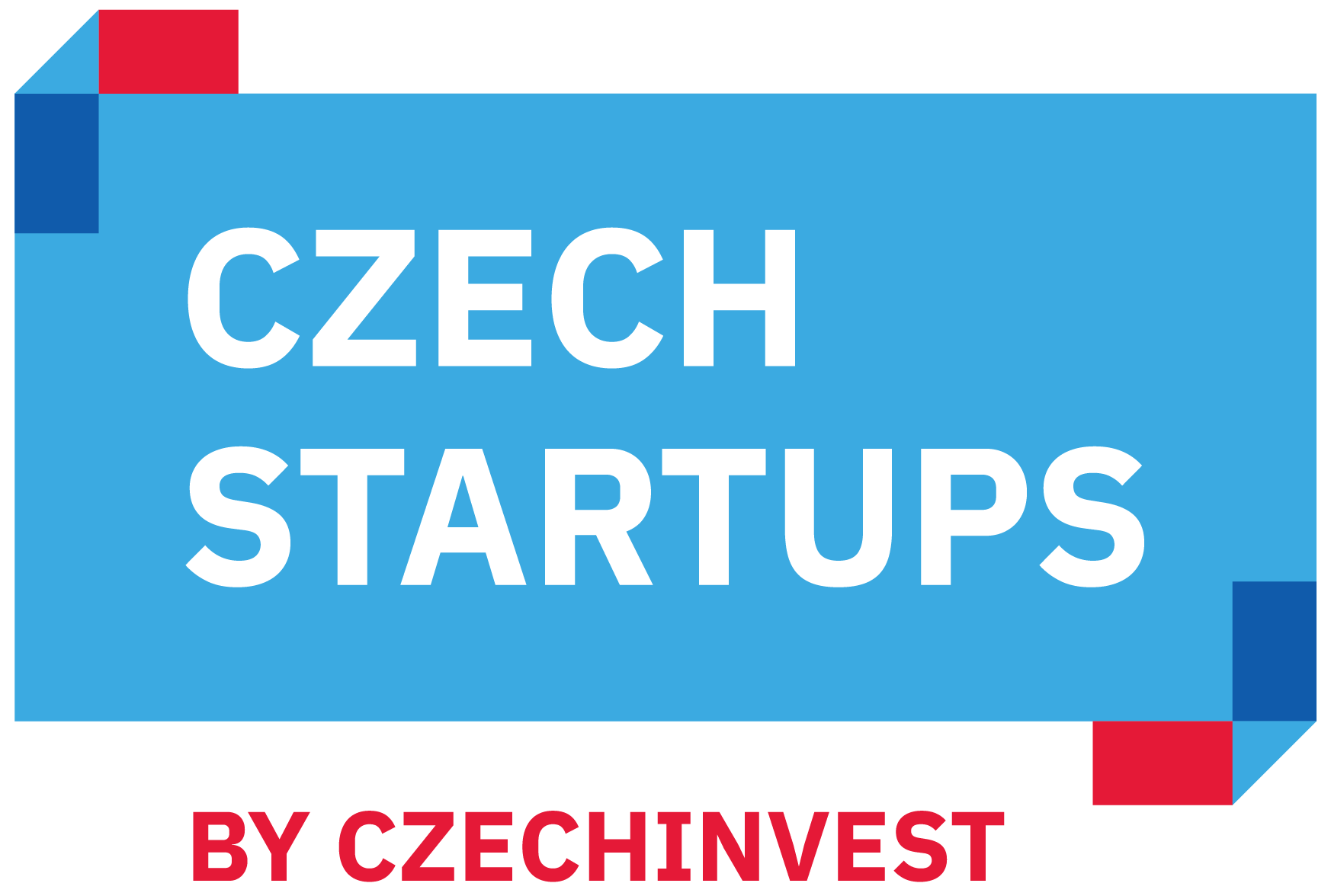Read the blog of Tomáš Šalamon, CEO of the Czech-Portugese startup Incomaker. The official article is available HERE.
In 2017, Incomaker was exhibiting at TechCrunch Disrupt in New York, San Francisco, and Berlin, at Web Summit in Lisbon, and at Slush in Helsinki (just events abroad mentioned). All the events we have visited this year to show our intelligent marketing platform are tech conferences/exhibitions, and they are pretty similar in principle. Did it pay off? What should startups expect from the exhibitions?
5 reasons to exhibit
1) Public relations
It is your chance to be seen (mostly outside the event). Media – God knows why – like writing about a bunch of companies that no one ever heard of, and half of them will no longer exist in 12 months; companies that are going somewhere to show something you have absolutely no idea what it is good for. Better said, they used to. Some time ago, attending a tech conference was an easy way to get to the newspaper. Unfortunately, as there is more support from government and more companies visit more exhibitions, the attention of editors fades away. When there were four companies from our country exhibiting at the show, the coverage of each of them was completely different than when there are ten or more. But still, if you make it smart, public awareness is an indisputable benefit you can get from the exhibition.
2) Finetuning your pitch
Usually, startups exhibit one day of the event. Another one or two days, they are just regular visitors. During that time, you repeat your sales pitch several tens times. You will surprise yourself how quickly you are able to speak and how readily you are able to claim a total bullshit.
By the way, if you exhibit just one day of the whole event (very common), and you have an option to choose (less common), pick the first day or at least the day before the afterparty. Afterparty often takes place before the last day, and it inevitably means that on the last day, half of the visitors already quit.
3) Evaluating your product and company
On the days you don’t exhibit, you can roam at the event and steal your competitors’ thunder. On your exhibition day, they will do the same to you. If there appears an eager visitor asking quite specific questions and being reluctant to show you his badge, bet on that he is someone with a product similar to yours.
4) Meeting current contacts on a single spot
People, brands, investors and other stakeholders visit the shows. There you can meet people from the whole world in the same place; what could be pretty efficient, especially if they cannot use Skype, Viber, Whatsup, Webex, GoToMeeting, or stuff like that.
5) Meeting new people, hearing new ideas
Absolutely, tech events are full of bright or at least famous people. You will see some of them speaking on stage, some others you meet personally at your stand or elsewhere. Always ask for a business card or a contact and always immediately make a note of who they are and what they want. If you don’t do it, within one hour, you will have such a mess in the cards that you can throw half of them directly into separated waste making your green friends happy.
There are typically four main kinds of audience you can meet at the event:
- Other startuppers like you. Your relations are ideal – they will not buy anything from you, and you will not buy anything from them.
- Big brands. Coming to sell you something (often) or buy something from you (less often). This could be a good chance, but don’t forget – going from a lead to a conversion is a long way.
- Investors. Yes, they are there and keen on investing, but it is very unlikely any deal will happen soon. On the other hand, you can begin a relationship that could eventually turn into an investment after several months.
- Journalists. Impress them and win PR. Not that easy, especially if your product is not crazy enough.
Because the tickets to the event are really costly (hundreds of EUR), there is usually very little “general public”. At Slush and Web Summit, there are a lot of students. There are students-volunteers, and Web Summit offers some student tickets for the loose change, creating considerable black market this way.
5 reasons why not to exhibit
1) It is expensive like a…
Yes, it is. Cost of a regular startup ticket is usually somewhere around 2000 EUR. Plus travel, accommodation, allowances, leaflets, and other giveaways, etc. For an event overseas, it could be as much as 5000 EUR. Now you compare ROI of exhibitions with ROI of other marketing means (especially for a startup). Fortunately, help is there. Government agencies in many countries offer programs to support startups. Incomaker succeeded in gaining funding from EASME, CzechInvest, and Prague Startup Centre, who covered more than 60% of total expenses on average.
2) Time-consuming
Much worse than direct costs is the time invested. Calculate typically one full week per event (if you don’t undertake any sightseeing or other fun), including weekend if it is overseas. It is just for the event itself, without any preparation or follow-ups, otherwise, double it. Incomaker has visited five conferences in 2017, that means at least one full month + another one for the preps. As you are usually not able to work regularly during the event, it means almost two months of time. Not so cheap, right?
3) You don’t make your family happy
Travelling to vibrant places, watching hi-tech toys at conferences, meeting interesting people, having fun… This is what your wife will most likely think you do while she is wiping your kids’ butts at home. If you want to make her even happier, say: “Damn, I am fed up with all the traveling this year,” especially, if you hadn’t a regular holiday. Tested.
4) Rather don’t expect any direct results
You will meet a lot of people, some of them will look interested, some of them even impressed. You exchange tons of your cards for tons of someone else ones. You meet several investors, some of them look like they will buy you on the spot. Especially in the U.S., everything about your product is “amazing”, “awesome”, and “fantastic”.
Hello! The reality is: less than 5% of your contacts turn into any kind of follow-up if you are really good and work hard after you return. The farther the venue, the lower the conversion rate. It is very unlikely you raise any funds abroad unless the investor came from the same region as you. What the visitors mean if they say… amazing = “Fifth IoT platform I have seen in the last two hours…”, awesome = “Why should I need it, I have Excel!”, fantastic = “Wow, you already have internet in Czechoslovakia….?”.
5) Exhausting
This is no holiday. If you came to do business there, at the end of the day, you will be really washed-out.
Especially on your exhibition day, you spend all the time and vocal cords at your stand. First visitors start coming after 9 AM, and you mostly don’t stop until noon. After the lunch, a new wave of incomers begins. The third will start after 3 PM, but most of the people coming in the late afternoon are other startuppers who came to check what’s up. Hence, if you didn’t do enough business until that time, you most likely don’t save the day later.
Exhibiting abroad is not an easy stuff. Not expecting too much is the best way to avoid disappointment. On the other hand, it could help as a component of your marketing mix. Consider startup support programs that could help you.
About the author
Tomáš Šalamon is a serial entrepreneur and currently a CEO of Incomaker, a Czech-Portuguese startup providing a growth hacking platform with artificial intelligence for small and medium businesses. He started his first business, Signum, in his 16. It was a company developing computer games. Since then, he already sold three companies, bought one, ruined one, acted as a top manager in several firms and mentored others. Tomáš gained Ph.D. in Informatics, Masters’ degree in Finance, and MBA. He also serves as a part-time lecturer at the University of Economics in Prague.


Insights on the particular events
Small events in the U.S. and Europe. A bit geeky. Catering included – it saves some money and a lot of time.
Originally founded by a group of students and grew into a decent size. In Helsinki, and in Asia. Quite chaotic organization. Focused on the contacts between investors and startups. Most of the participants are from Nordics. I personally don’t like intentional omnipresent darkness.
Huge. Huge! Everybody is there. Every detail perfectly organized.


